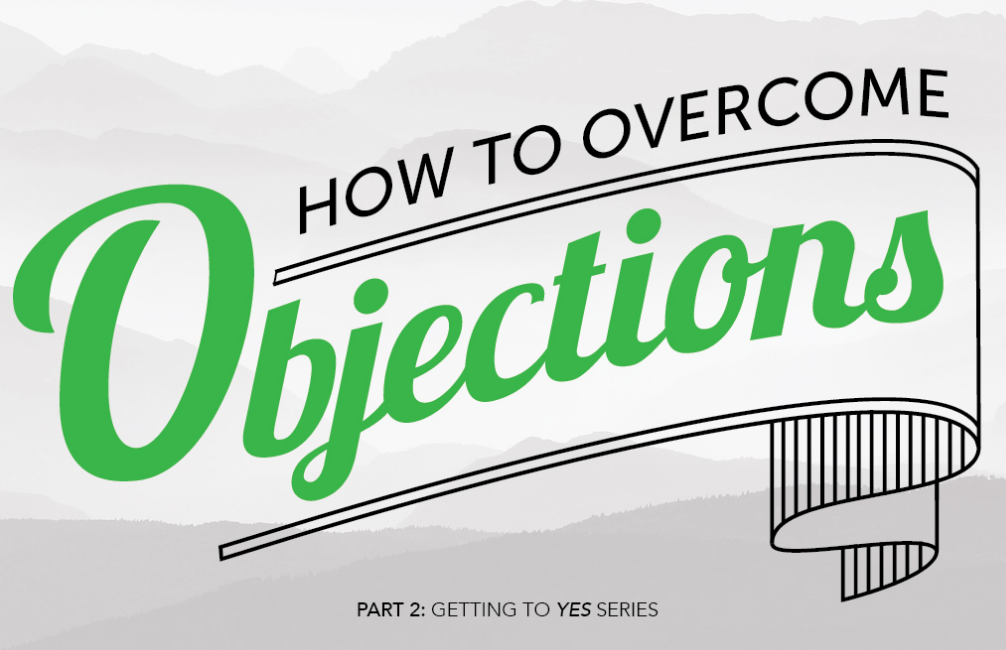Part 2: Overcoming objections
For the second part on our series about conquering the tough close, I’ve turned to my colleague Omar Santana. Omar honed his understanding of customers and addressing their concerns during his time selling mission-critical equipment to government and military organizations. The sales lifecycles were long, and he encountered (and overcame) many objections during the course of every sale. During that time Omar gained extensive knowledge of how to handle even the most challenging customer objection.
Field services can face customer objections on a daily basis, and handling them properly and efficiently can result in winning a lifelong customer and advocate for your business. Here we’ve applied some of Omar’s top tips for handling objections to a very common scenario: A field service team has provided an estimate to a customer, and the customer feels the estimated cost is too high. Following Omar’s advice, here is how a situation like this should be managed:
- Develop rapport: It’s easier to work through challenging situations with someone you like and respect. So it’s always a good idea to try to develop common ground or a level of compassion with the customer prior to addressing their objection.
- Example: “I see that they’re building a new shopping area in your neighborhood. The traffic must be really brutal!” or “It’s been such a hot summer! Have you had the chance to get away on vacation at all?”
- Accept and acknowledge the objection: Above all, your customers want to know that their concerns are being heard and evaluated with an open mind. So begin by accepting and acknowledging your customer’s objection or challenge.
- Example: “I understand that you feel the quote is higher than it should be given the materials and work required for this job.”
- Don’t agree or disagree: Agreeing or disagreeing creates an atmosphere where there is a right or wrong, rather than a set of different views that can be reconciled. So it’s better to focus on the facts, without agreeing or disagreeing.
- Example: “The cost of this type of shingles has gone up 30% this year due to limited supply from the manufacturer. It’s unfortunately impacting many of our jobs.”
- Ask open-ended questions: Open-ended questions keep conversations going, while “yes” or “no” questions cut off lines of communication. By asking questions that start with “when”, “how”, and “what”, a frustrated potential customer is more likely to work through a problem with you.
- Example: “How would you ideally like this job to go from beginning to end?” OR “Outside of the price, what are your biggest concerns about this job so I can tell you how we would address them?”
- Feel/felt/found approach: Finally, taking a feel/felt/found approach succinctly acknowledges the customer’s concerns while showing them the path to a happy outcome.
- Example: “I understand how you feel about the estimate. Many of my other customers have felt surprised in the beginning, but have found that our products and work is so high quality that in the end they believe going with our firm is one of the best decisions they’ve made for their home. Would you like to speak with one of our happy customers in your neighborhood?”
Effectively overcoming objections is one of the key steps that allows you to make the most of your leads and win more jobs. By deploying these tactics you can create deeper rapport with your customers and get to “yes” more often. Many thanks to Omar for sharing his knowledge and expertise!
Last Updated By: Rochelle Sanchirico
Field Service Automation
Service Solutions
Last modified: January 17, 2018



